Visiting Chingaza National Park in Colombia [Updated 2024]
I’d wanted to visit Chingaza National Park since I arrived in Colombia in 2013. A guy on my CELTA course at the British Council had waxed lyrical about it for weeks after he visited it with his family, and this aroused my curiosity. Unfortunately though, I don’t have a car and wasn’t sure how to organise a guided visit to the park.
So I was really excited when Chantelle and Andrés from Andes Ecotours invited me to join them on one of their day tours to Chingaza National Park last month. FINALLY I’d be visiting one of the many wonders of Colombia, and exploring the almost otherworldly paramo ecosystem.
2024 Update: The last time I checked, the exact hiking route I did was no longer open. But don’t worry. Chingaza National Park is huge and there are various other gorgeous routes.
Andes Ecotours offers the Chingaza Siecha Lakes Trek and the Maza Fonte Chingaza Mountain Trek.
These are both challenging treks, so you’ll need to be in good physical condition. You’ll be accompanied by a guide from the national park and a bilingual guide (Spanish & English) from Andes Ecotours.
If you find this blog helpful and would like to say thanks, you can now buy me a digital cup of premium Colombia coffee!
Journey to Chingaza
We started out at 8.45am from Chapinero Alto. We met outside a bakery, so we could use the bathroom and buy snacks if we wanted. It was a Sunday, so the ciclovía was in full flow as we headed up the mountain on the road to La Calera. There are some lovely views over the city at that time of day, especially as the mornings in Bogota are usually sunny.
Breakfast stop in La Calera
After about 45 minutes, we arrived in La Calera, where we stopped for a typical Colombian breakfast at the side of the road! We enjoyed hot chocolate, hot agua de panela (sugar-cane) with cheese, and caldo (meat and potato soup – a popular choice for breakfast in Bogota!). You can also get empanadas, arepas, buñuelos and other tasty snacks.
It was an opportunity for the group to talk a bit and get to know each other. One of the group, Agata, a doctor from Poland, was in Bogota shadowing a cosmetic surgeon. We had a hilarious yet fascinating conversation about the preferred nose shapes in Poland and Colombia!
Back on the road to Chingaza
After another half-hour drive along the Bogotá-La Calera road, we arrived at the unpaved road that leads around the mountains to Chingaza National Park. If you are prone to travel-sickness, take some anti-sickness pills before the journey, because the ride gets bumpy from here on for about 30-45 minutes.
Chingaza National Park
On arrival at the park, we debated over how much to bring with us in our bags and what to leave in the jeep. I had brought a warm winter coat and scarf in case of rain and cloud (the temperature can drop to 3C when there’s thick cloud coverage over the paramo). However, given that the weather was hot and sunny, I was reluctant to carry this with me.
Andrés, our guide, recommended bringing the coat and scarf anyway, as the weather is unpredictable and can change rapidly. I didn’t end up needing them, but I was glad to have them with me just in case.
We stocked up on water, borrowed some waterproof boots from Andes Ecotours in case of rain or thick mud, and covered ourselves in sunblock, before setting off.
The hike through Chingaza National Park
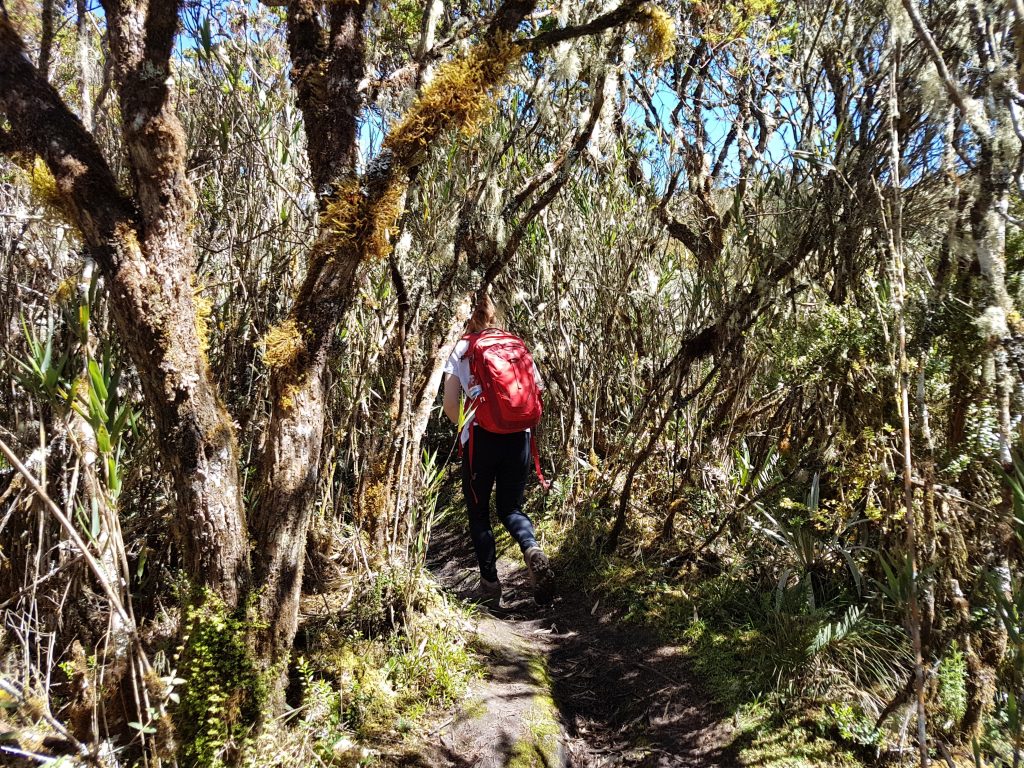
Andes Ecotours recommends wearing waterproof boots or hiking shoes, and you soon realise why! We hiked a new trail with a lot of uneven paths, or no path at all – just mud, rocks and scratchy plants on either side.
We had Andrés and a guide from the national park guiding us, and the early part of the hike involved a lot of hiking up the mountain. This was a challenge for me for two reasons. First, I am not what you’d call a seasoned hiker – I get out of breath in Bogota just walking up the bridge to the TransMilenio station! So although I am generally in good shape, this hike was quite physically demanding for me – but I like a challenge, and I survived!
High altitude
Second, the altitude of this hike varied between around 3,400m (11,150ft) and 3,800m (12,467ft). Bogota is at 2,600m (8,530ft), so this left me even more breathless than usual. With less oxygen in the air, your body has to work much harder to do the same amount of activity. That said, I thought the altitude would affect me more than it did.
We made plenty of short stops along the way to get our breath back (which didn’t take long). I carried a Gatorade (as well as water) and some dried fruit and nuts with me, and this helped keep my energy levels up during the hike.
Flora and fauna in the paramo
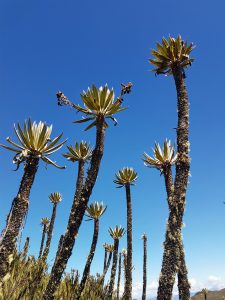 There are only certain plant and animal species that can survive in the harsh conditions of the paramo ecosystem. This means that on this hike you will come across flora and fauna which are endemic to these altitudes.
There are only certain plant and animal species that can survive in the harsh conditions of the paramo ecosystem. This means that on this hike you will come across flora and fauna which are endemic to these altitudes.
The most iconic plant of the páramo is the spikey, somewhat odd-looking frailejón or espeletia, of which there are many different kinds that thrive at different altitudes.
The paramo ecosystem is only present in five countries in the world, all in Latin America (Colombia having the largest (Suma Paz), Ecuador, Venezuela, Peru and Costa Rica). So a trip to Chingaza or Suma Paz while you’re in Bogota is a unique opportunity to experience an unusual environment and its species.
The summit – Lagunas de Siecha
We reaped the rewards of the tough hike once we reached the summit, with a stunning view over the Siecha lagoons. This was a newly-opened, almost untouched trail at the park, so it was special to be among the few to have enjoyed this view.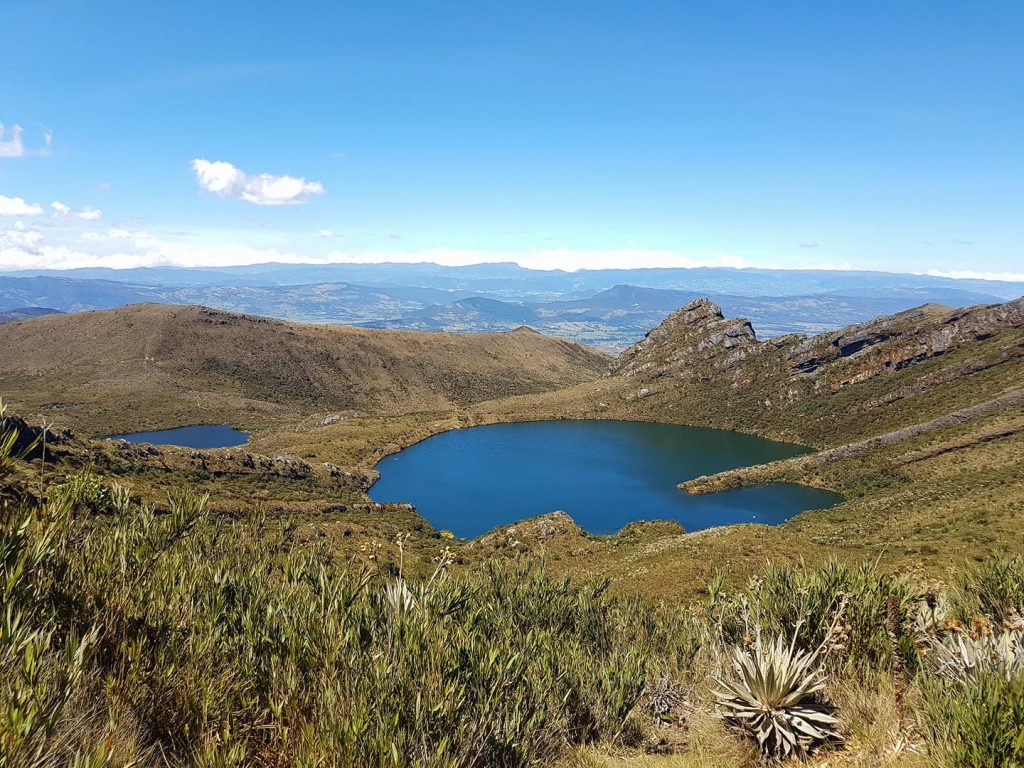
After a 20-minute rest-stop, we continued our hike, this time heading down the other side of the mountain.
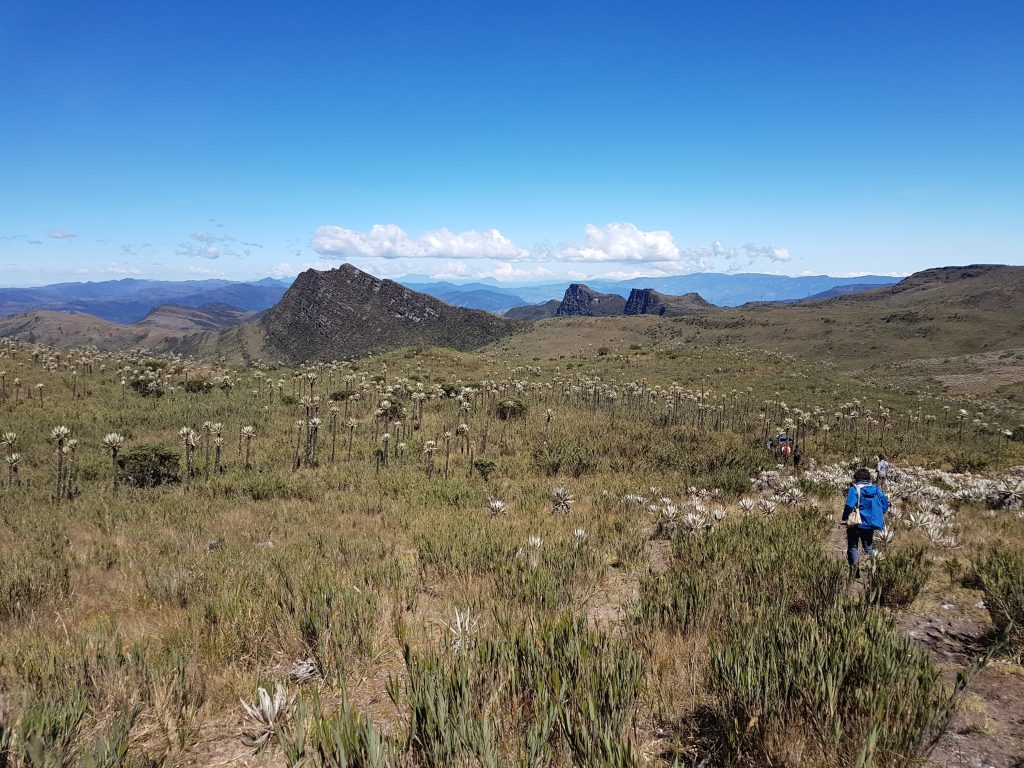
Whatever type of camera you carry with you – I just had my phone – you’re guaranteed to get some stunning shots. The frailejones appear majestic in every photo I took!
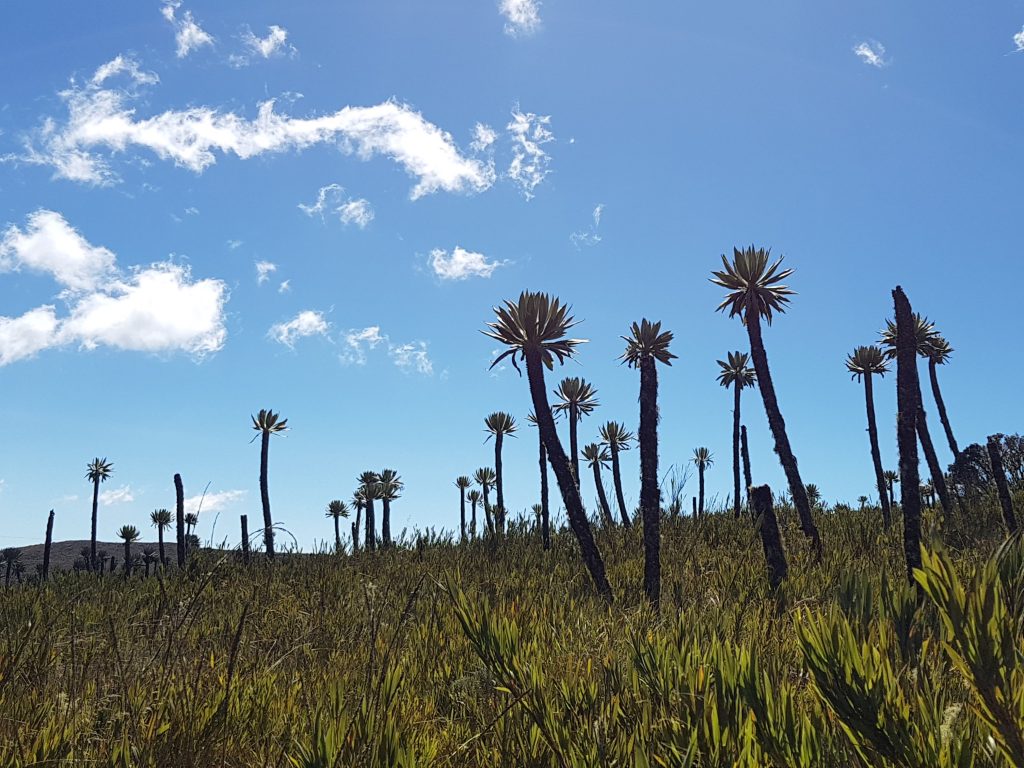
The mud!!
On the second part of the hike, we had to walk through some extremely muddy areas. This is pretty much inevitable on the paramo, as it receives a lot of rain, even outside the wet season. It’s extremely important to wear well-fitting hiking boots, or risk losing a shoe in the mud!
Also ensure you wear clothes that you don’t mind getting muddy, as at least one member of our group fell in the mud, and I ended up ankle deep in it at one point (I still have the mud-stained socks as a souvenir!). It was quite an adventure and really gave me the sensation that I was walking somewhere that few others had walked before.
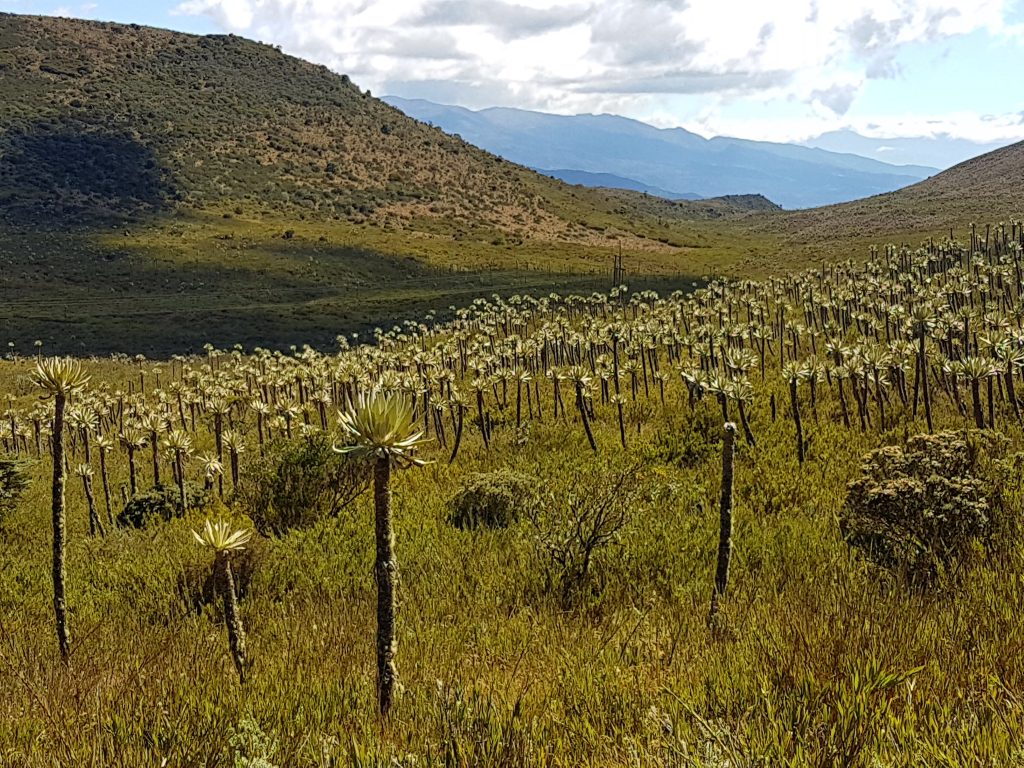
The views
The views throughout the hike were beautiful. Since the second part of the hike was easier than the first part, we had more time to look around us and enjoy the views across the valley as we walked down.
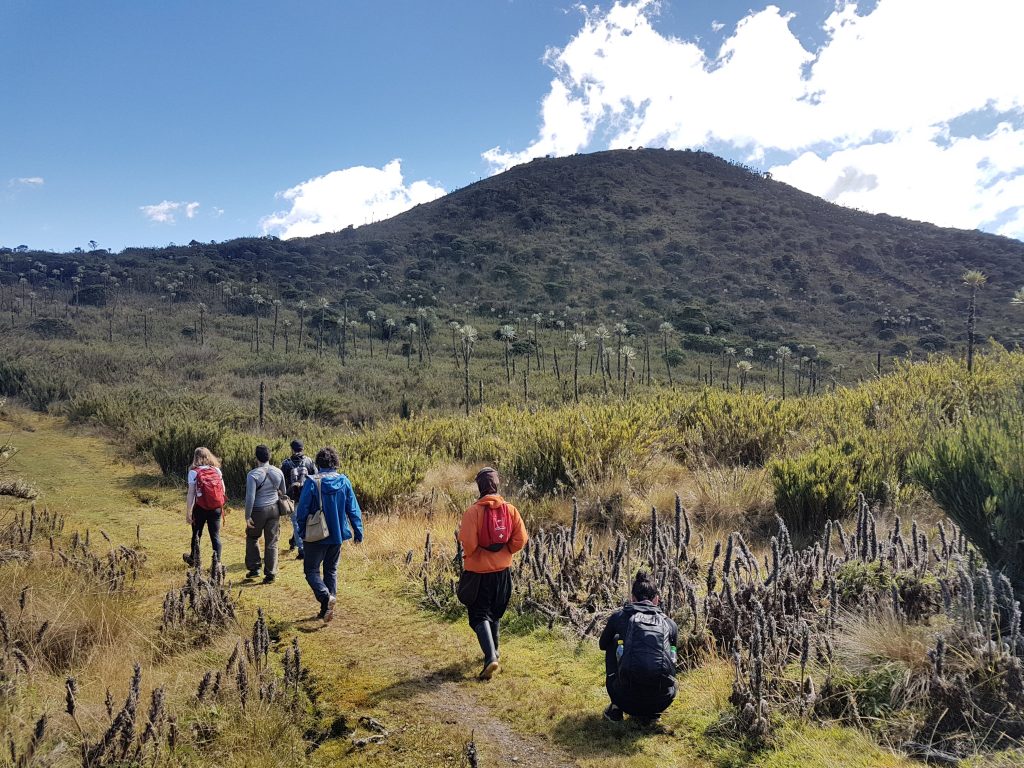
We arrived back where we started tired but happy! And the next day was nowhere near as painful as I expected! I must have been in better condition than I thought 🙂
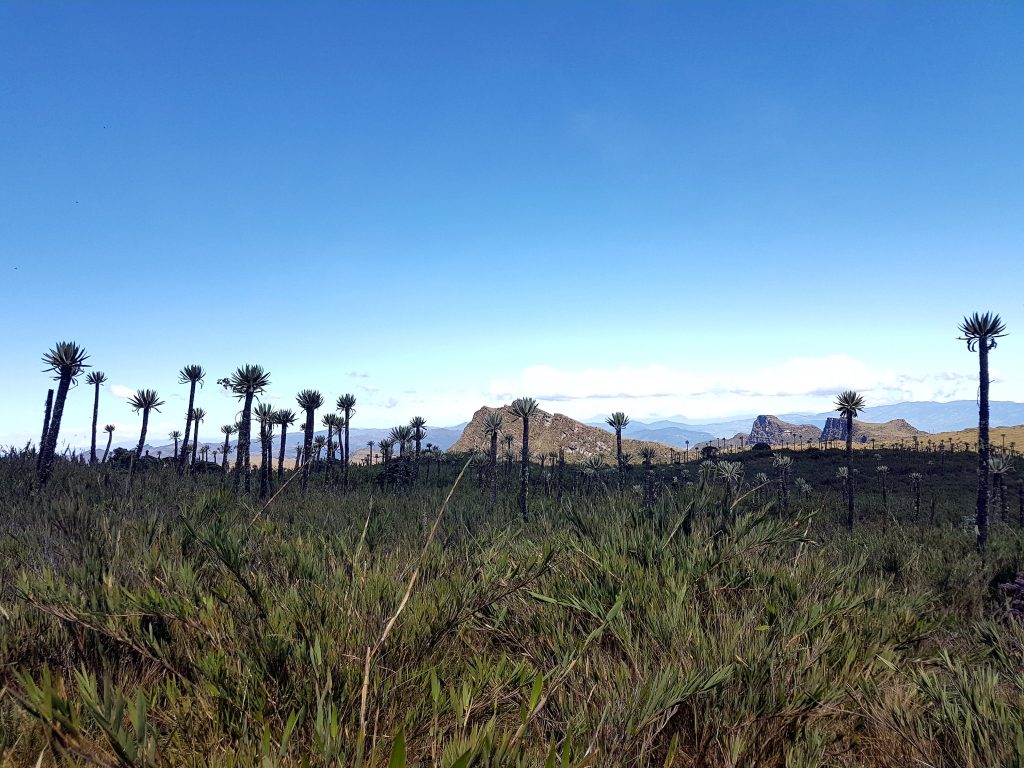
My top tips for a visit to Chingaza National Park
- Bring an umbrella. It may seem like a pain to carry, but it’s the best protection against both the sun (which is extremely strong up in the paramo) and the rain. Save yourself from getting soaked!
- If possible, wear warm, waterproof clothing with layers that you can peel off if necessary, and sturdy hiking shoes/boots. Even a sunny day can turn cold and wet very quickly at Chingaza.
- Bring a bottle of water and a bottle of Gatorade, and some small packets of snacks that you can eat as you go along to keep your energy levels up. I brought caramelised nuts and dried fruits.
- Cover yourself with sunblock if the weather’s sunny, even if you don’t normally burn. The sun here is very strong.
- Andes Ecotours offer hiking sticks to help you on the hike – I recommend taking one!
- Don’t be afraid to ask for a rest-stop if you need it. High altitude affects everyone differently, so if you’re out of breath and struggling, take a break. It only took me about 30 seconds to a minute to get my breath back each time we stopped.
- Take some anti-sickness pills or some sweets to suck on for the journey there and back if you’re prone to travel sickness.
How to book a tour to Chingaza National Park
Contact Andrés and Chantelle via the Andes Ecotours website and tell them the dates you’re in Bogota, and what kind of tour you’d like. They can then let you know about availability and advise you on the best tour for you.
The hike was quite a physical challenge for me as an inexperienced hiker, but it would probably be pretty standard for a seasoned hiker. If you’re not sure whether you can manage a hike like this, they also offer a Chingaza National Park Safari tour which is more relaxed and involves less walking – this may suit some people better!
If you have found this blog informative or entertaining and would like to support How to Bogotá, you can now buy me a digital cup of coffee!
This blog is a labor of love – I don’t make any money from it. So to avoid putting up ads, this is the best and least annoying way I’ve found to offer readers the chance to support How to Bogotá 
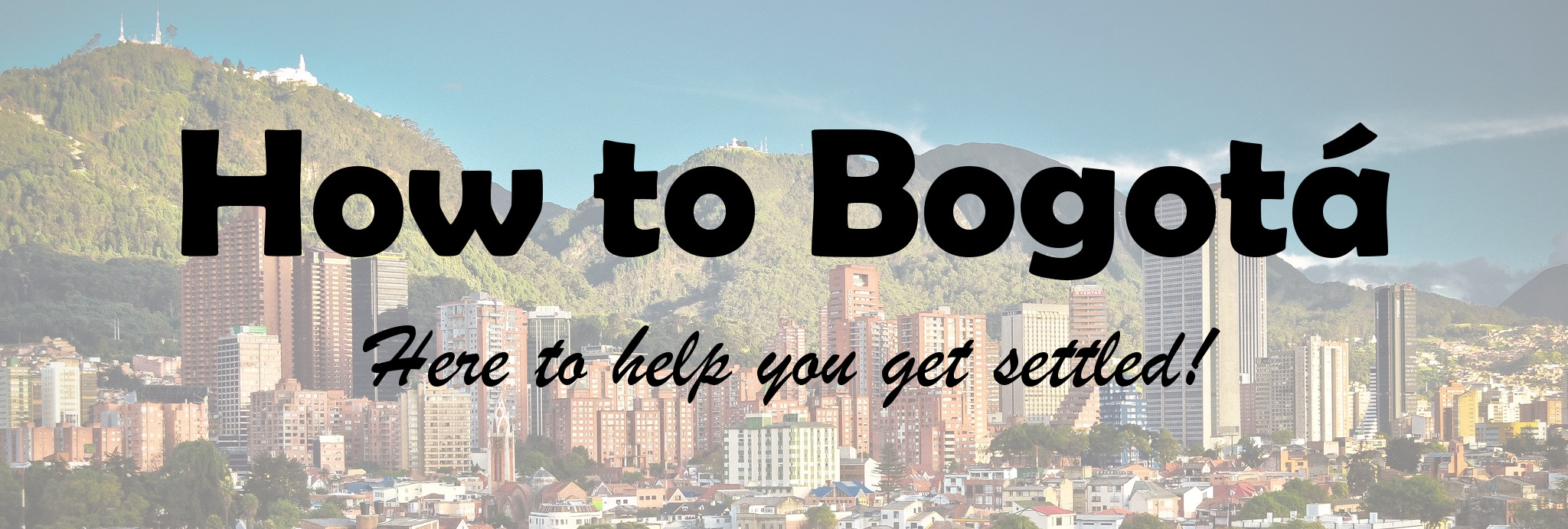





This was a terrific detailed story of the trip to Chingaza, I don’t think i will ever make the trip but i totally enjoyed reading it. And the pictures very colorful and beautiful. thank so much for sharing it
Thank you Fanny, it really was a lovely trip! It’s impossible to take a bad photo at Chingaza! 🙂
It seems to be a cool place and it’s perfect for a 1-day trip. Thank you for the report :). And yes muddy paths are part of the adventure! We did a 3 days hike in Los Nevados during the rainy season – yeah, we are idiots. Anyway, we had mud until the knee sometimes, it was insane ^^.
I add Chingaza to my bucket list! Is it not the biggest paramo in Colombia?
Hi Tom, yeh I am so glad we didn’t visit Chingaza during the wet season! It sounds like you had quite an adventure 😉 Actually, the Sumapaz páramo is the largest in Colombia, and the world!
All the best!
haha yep, I won’t do the same mistake again ^^. And have been to Sumapaz too? Any preferences? 🙂
I haven’t been to Sumapaz yet. I’ve been told that the terrain at Sumapaz is generally flatter than at Chingaza, so there should be less uphill hiking!
Great posting. Was curious if you thought it would be possible to do a trip to the park independently of a tour? Like could one hire a guy with a truck in La Calera o Coachi to drive to the entrance or the lake… is there a park entrance where you pay or get a map and could hire a guide or something? – or maybe it’s just not like that. Parque Chicaque worked okay for visiting without a tour, they had a park office and gave you a variety of hike options.
Might be staying in Coachi for a few nights and was curious if a simple half day trip could be a thing to do, or if that idea would be impractical.